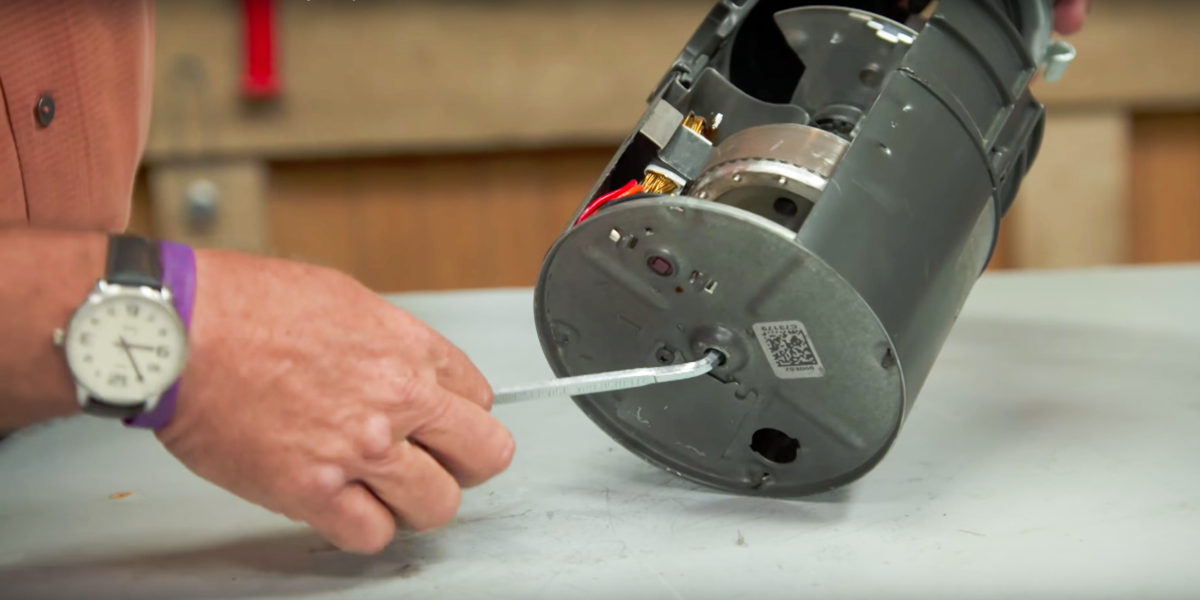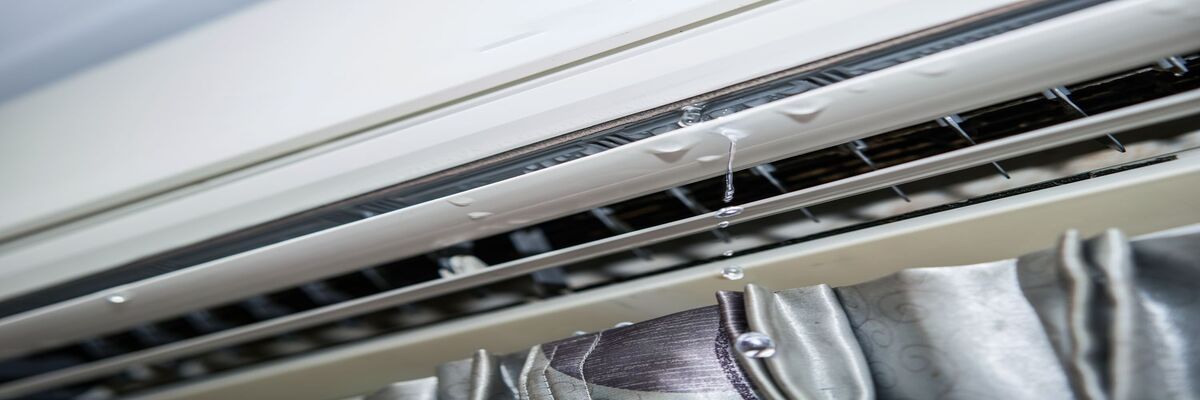How to Install a Bathroom Faucet Like a Pro?
Are you ready to upgrade your bathroom with a sleek new faucet? Learning how to install a bathroom faucet may seem daunting, but with the right guidance, you can tackle this DIY project like a seasoned pro. In this comprehensive guide, brought to you by 24/7 Local Plumbers, we'll walk you through the step-by-step process of installing a bathroom faucet, ensuring a smooth and successful installation every time.
Gathering Your Tools and Materials
Before diving into the installation process, it's essential to gather all the necessary tools and materials:
- New bathroom faucet
- Basin wrench
- Adjustable wrench
- Plumber's tape
- Silicone caulk
- Bucket or towel (to catch water)
- Towel or rag (for cleanup)
Once you have everything you need, you're ready to begin the installation process.
The Step by Step Process
Step 1: Preparation
Start by turning off the water supply to the faucet. Locate the shut-off valves under the sink and turn them clockwise to shut off the water flow. Next, open the faucet to release any remaining water pressure and drain the lines completely.
Step 2: Remove the Old Faucet
Using an adjustable wrench, loosen and remove the nuts securing the supply lines to the old faucet. Once the supply lines are disconnected, use a basin wrench to loosen and remove the nuts securing the faucet to the sink. Carefully lift the old faucet out of the sink and set it aside.
Step 3: Prepare the Sink
Before installing the new faucet, clean the sink surface thoroughly to remove any debris or residue from the old faucet. Apply a thin bead of plumber's tape to the threads of the faucet stems to create a watertight seal.
Step 4: Install the New Faucet
Position the new faucet into place on the sink, ensuring that the faucet holes align correctly with the sink openings. From underneath the sink, hand-tighten the nuts onto the faucet stems to secure it in place. Use a basin wrench to tighten the nuts further, ensuring a snug fit.
Step 5: Connect the Supply Lines
Attach the hot and cold water supply lines to the corresponding stems on the new faucet. Use an adjustable wrench to tighten the connections securely, being careful not to overtighten and damage the threads.
Step 6: Test for Leaks
With the faucet securely installed, turn the water supply back on and test the faucet for leaks. Check the connections and around the base of the faucet for any signs of dripping or moisture. If you detect any leaks, tighten the connections as needed until they are watertight.
Step 7: Apply Silicone Caulk (Optional)
For added stability and moisture protection, apply a thin bead of silicone caulk around the base of the faucet where it meets the sink. Smooth the caulk with your finger or a caulking tool to create a neat and even seal.
Congratulations! You've successfully installed your new bathroom faucet, transforming your space with style and functionality. With this step-by-step guide and the expertise of 24/7 Local Plumbers, you can tackle any plumbing project with confidence. For
professional assistance in installing high-quality faucets, contact us today! We are here to help you with all your
bathroom plumbing needs.
You might also like
Book a Service Today
We will get back to you as soon as possible
Please try again later
Disclaimer: 24/7 Local Plumbing connects users with independent plumbers but does not guarantee service availability, verify licenses, or ensure insurance coverage. For full details, check out 24/7 Local Plumbing disclaimer.
Blog | Contact | Home | Privacy policy | Sitemap

All Rights Reserved | 24/7 Local Plumbers
Support and manage by lead vanguard
Committed to Accessibility: We strive for inclusivity and accessibility for all. Learn more about our accessibility efforts and resources.


